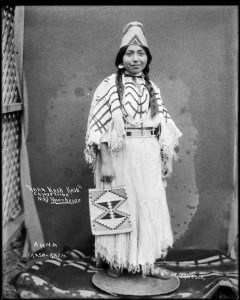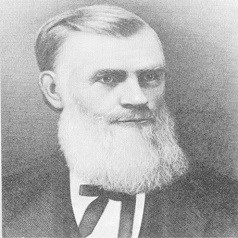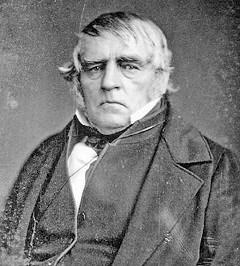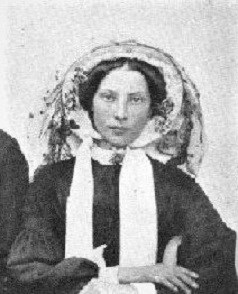
Major Lee Moorhouse, Special Collections & University Archives of the University of Oregon Libraries Cayuse & Other Native People of the Columbia River Plateau The land between the Cascade Mountains and the Rocky Mountains contains a large diversity of landscapes, such as grassland, plateau, mountains and canyons cut by the tributaries of the Columbia River. The Cayuse and other Native tribes of the Columbia River Plateau developed a lifestyle that took advantage of the wealth of foods that were available in this diverse landscape. The people still live here today. Their cultural centers and museums are reviving traditional practices and skills and teaching their history and culture. Whitman Mission NHS works with the Confederated Tribes of the Umatilla Indian Reservation to tell the story of this place, visit their website to learn more about their history and how they are teaching their heritage today. 
Whitman College Collections Missionaries of the Oregon Country In 1836, the American Board of Comissioners for Foreign Missions (ABCFM) established two missions in the Oregon Country. Over the next eleven years, many missionaries worked in the area, expanded their efforts with more missions and tried to establish themselves among various tribes of the Columbia River Plateau. To learn more about some of the ABCFM Missionaries in the Oregon Country, visit our short biographies of the missionaries. 
Public domain image Fur Traders and Explorers During their time in the Oregon Country, the Whitmans' lives were enmeshed with the fur traders. They traveled west together in 1836. Supplies for the mission were purchased from the Hudson Bay Company posts at Fort Vancouver and Fort Walla Walla. Overland mail was carried by the HBC express. The Whitmans raised three children of fur trappers. And, after the deaths of the Whitmans, it was the Peter Skene Ogden (pictured at left) of the HBC who came and paid the ransom for the hostages. To learn more about the Hudson's Bay Company, Fort Vancouver, and fur trappers, visit Fort Vancouver National Historic Site in Vancouver, WA.

Whitman Mission NHS Photograph Early Oregon Trail Emigrants The first wagon trains of settlers started traveling to the Oregon Country in the early 1840s. Though it was several days journey off of the Oregon Trail, the Whitmans' mission transformed from a mission to the Cayuse into an aid station for the immigrants on the Oregon Trail. Those who were sick, needed supplies, or needed a place to spend the winter would take the detour to the Whitmans' mission. Learn more about the Oregon Trail immigrants by visiting the Oregon National Historic Trail website. |
Last updated: January 25, 2023
